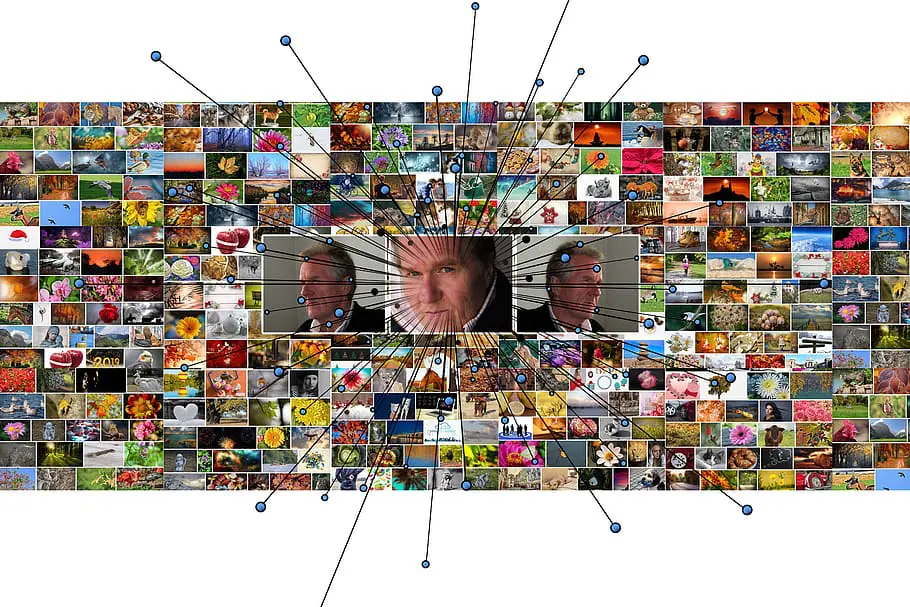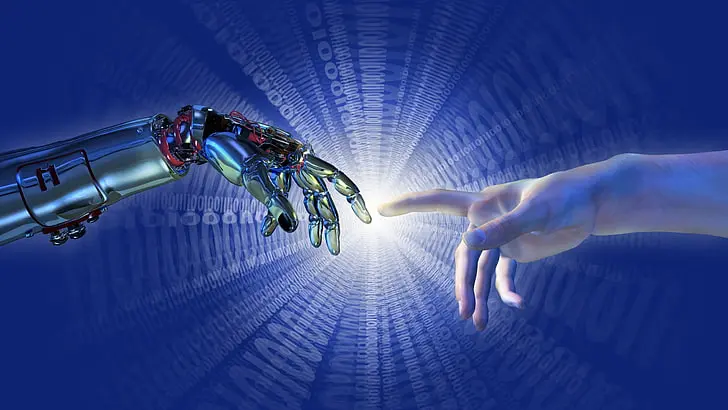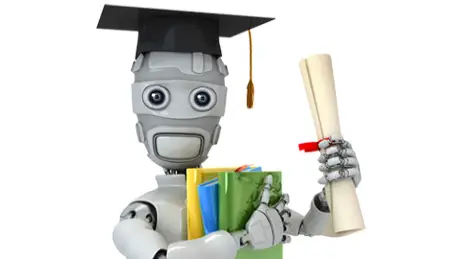
How will ChatGPT change education? Dive into our latest post to understand how it’s revolutionizing learning experiences and shaping the future of learning.
Ever wondered how will ChatGPT change education? Well, you’re in the right place!
As we navigate the digital age, artificial intelligence is making waves in various sectors, and education is no exception.
In this blog post, we’ll delve into the fascinating world of ChatGPT and explore its transformative potential in reshaping the educational landscape.
So, let’s embark on this enlightening journey together!
How will ChatGPT change education?
Have you ever asked yourself, how will ChatGPT change education? If so, you’re about to find out!
In this blog post, we’re going to unravel the impact of ChatGPT on personalized learning experiences, its role in enhancing student engagement, and how it’s making education more inclusive.
We’ll also touch on the benefits and challenges of integrating ChatGPT into our education systems and even share some real-life case studies.
So, buckle up and get ready for an insightful exploration into the future of education with ChatGPT!
Brief Overview of ChatGPT
Let’s start with a quick introduction to our star of the show, ChatGPT.
It’s an artificial intelligence program developed by OpenAI that’s designed to interact with humans in a way that feels natural and intuitive.
Imagine having a conversation with a friend who seems to know a little bit about everything. Well, that’s ChatGPT for you!
It uses a transformer-based neural network, which is a fancy way of saying it’s been trained on a vast amount of data from the internet.
This allows it to generate responses that are relevant, informative, and surprisingly human-like.
From answering questions to writing essays, ChatGPT is showing us that AI can be more than just a tool; it can be a companion.
Importance of AI in Education
Now, let’s talk about why AI, and specifically ChatGPT, is making such a big splash in the education sector.
The beauty of AI lies in its ability to personalize learning. Every student is unique, with their own strengths, weaknesses, and learning styles.
AI can adapt to these individual needs, providing personalized learning experiences that can boost understanding and engagement.
Furthermore, AI can take over some of the more time-consuming tasks, like grading and providing feedback, freeing up teachers to focus more on teaching and less on administrative tasks.
In a world where technology is becoming increasingly integrated into our lives, the importance of AI in education is hard to overstate.
The Impact of ChatGPT on Education

Now that we’ve got a handle on what ChatGPT is and why AI is so crucial in education, let’s dive into the heart of the matter, the impact of ChatGPT on education. This is where things get really exciting!
From personalizing learning experiences to revolutionizing curriculum development, ChatGPT is not just making waves; it’s creating a whole new ocean of possibilities.
So, let’s jump in and explore how this AI tool is transforming the way we teach and learn.
Personalized Learning Experiences
First off, let’s talk about personalized learning experiences.
You know how some lessons just click, while others feel like trying to decipher an alien language?
That’s where ChatGPT comes in. It can tailor its responses to the individual learner, making complex concepts easier to grasp.
Whether you’re a visual learner who needs a colorful diagram or a verbal learner who benefits from a detailed explanation, ChatGPT can adapt to meet your needs.
It’s like having a personal tutor who understands exactly how you learn best!
Increased Engagement
Next up, is engagement. We’ve all had those moments where our eyes glaze over, and we start daydreaming about lunch.
But with ChatGPT, those moments could become a thing of the past.
By providing interactive and dynamic learning experiences, ChatGPT can keep students engaged and interested.
It’s the difference between listening to a lecture and having a conversation.
And let’s be honest, which one would you find more engaging?
Accessibility and Inclusivity
Now, let’s touch on accessibility and inclusivity. Education should be for everyone.
But traditional methods can sometimes leave certain students behind. With ChatGPT, learning becomes more accessible.
Whether a student has learning difficulties, language barriers, or simply can’t make it to a physical classroom, ChatGPT is there to help.
It’s a step towards making education more inclusive and accessible for all.
AI-assisted Curriculum Development
Finally, let’s talk about AI-assisted curriculum development. Teachers, you’re going to love this one!
ChatGPT can help identify gaps in the curriculum, suggest new topics, and even predict emerging areas of study.
It’s like having a crystal ball that can help you plan the most effective and relevant lessons for your students.
And the best part? It can save you a ton of time and effort. Now, who wouldn’t want that?
The Benefits of Using ChatGPT in Education

Having explored the impact of ChatGPT on education, let’s shift our focus to the benefits it brings to the table.
It’s one thing to know that ChatGPT is changing the educational landscape, but understanding the advantages of these changes can truly highlight the value of this AI tool.
From saving precious time for teachers to fostering critical thinking in students, the benefits of using ChatGPT in education are both impressive and transformative.
So, let’s dive in and uncover the perks of integrating ChatGPT into our classrooms!
Time-saving for Teachers
Let’s start with a big one, time-saving for teachers.
We all know that teachers are superheroes who somehow manage to juggle a million tasks at once.
With ChatGPT, some of those tasks can be taken off their plate.
From grading assignments to providing detailed feedback, ChatGPT can handle it, giving teachers more time to focus on what they do best, teaching.
It’s like having a super-efficient assistant who’s always ready to help!
Enhancing Student Understanding
Next, let’s talk about enhancing student understanding. Every student learns differently, and sometimes, a one-size-fits-all approach just doesn’t cut it.
That’s where ChatGPT shines. It can tailor its responses to the individual learner, breaking down complex concepts in a way that makes sense to them.
It’s like having a personal tutor who knows exactly how to explain things in a way you’ll understand.
Encouraging Critical Thinking
Now, onto critical thinking. In today’s fast-paced world, being able to think critically is more important than ever.
ChatGPT can help students develop this crucial skill by challenging them with thought-provoking questions and encouraging them to explore different perspectives.
It’s not just about finding the right answer; it’s about understanding how to get there.
Providing Instant Feedback
Finally, let’s discuss instant feedback. Learning is a process, and feedback is a crucial part of that process.
With ChatGPT, students can get immediate feedback on their work, allowing them to identify areas for improvement and make adjustments right away.
It’s like having a coach who’s always there to guide you and help you improve.
The Challenges and Risks of Using ChatGPT in Education
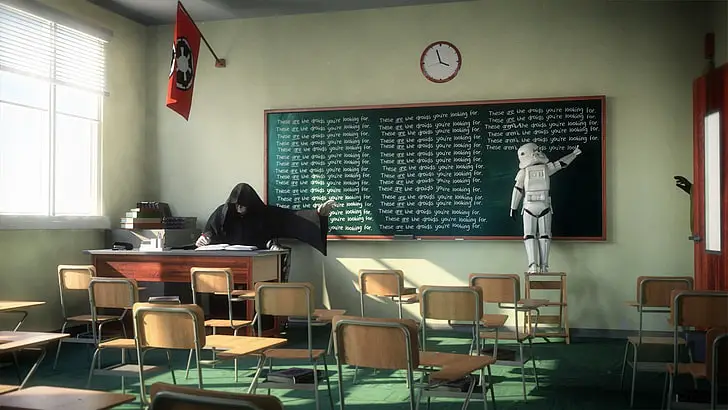
While we’ve been singing praises about ChatGPT and its benefits, it’s also important to address the other side of the coin and the challenges and risks.
Like any technology, ChatGPT isn’t without its potential pitfalls.
From dependence on technology to data privacy concerns, understanding these challenges is key to effectively integrating ChatGPT into our education systems.
So, let’s take a balanced view and delve into some of the hurdles we might face in our journey with ChatGPT in education.
Dependence on Technology
First up, let’s tackle the issue of dependence on technology.
While technology has undoubtedly made our lives easier in many ways, there’s a risk of becoming too reliant on it.
In the context of education, this could mean students might lean too heavily on ChatGPT for answers, rather than developing their own problem-solving skills.
It’s a bit like using a calculator for every math problem. It’s handy, yes, but it might leave you in a pickle when you need to do mental arithmetic!
Data Privacy and Security
Next, we have data privacy and security.
In an age where data breaches seem to be a regular occurrence, it’s crucial to consider how ChatGPT handles user data.
While OpenAI has implemented measures to ensure data privacy, it’s always important to be mindful of the information we share and how it might be used.
After all, as the saying goes, it’s better to be safe than sorry!
Potential for Misinformation
Finally, let’s discuss the potential for misinformation. ChatGPT is incredibly smart, but it’s not infallible.
It learns from a vast amount of data from the internet, and as we all know, not everything on the internet is accurate or reliable.
This means there’s a chance that ChatGPT might occasionally provide information that’s incorrect or misleading.
It’s a good reminder that while ChatGPT can be a fantastic learning tool, it’s always important to cross-check information and use multiple sources.
Case Studies of ChatGPT in Education
Having discussed the impacts, benefits, and challenges of ChatGPT in education, let’s bring these concepts to life with some real-world examples.
Case studies can offer valuable insights into how ChatGPT is being used in actual classrooms, from higher education to K-12 settings.
They provide a glimpse into the practical applications of ChatGPT and how it’s influencing teaching and learning in real time.
So, let’s dive into these case studies and see ChatGPT in action!
Use of ChatGPT in Higher Education
Let’s start with higher education. Universities and colleges are always on the lookout for innovative ways to enhance learning, and ChatGPT is proving to be a valuable asset.
For instance, in large lecture classes where individual attention might be limited, ChatGPT can provide personalized assistance, answering students’ questions and helping them understand complex concepts.
It’s also being used to facilitate online discussions, encouraging students to engage with the course material outside of class hours.
Plus, it’s a great tool for research, helping students navigate the vast sea of information available online.
ChatGPT as a Learning Tool in K-12 Education
Now, let’s turn our attention to K-12 education. Here, ChatGPT is being used as a versatile learning tool, supporting students in a variety of subjects.
In English classes, it can help students improve their writing skills by providing instant feedback.
In math and science, it can assist students in solving problems and understanding complex concepts.
Teachers are also using ChatGPT to create interactive lessons, making learning more engaging and fun.
And let’s not forget about homework. With ChatGPT, students can get help with their assignments anytime, anywhere. It’s like having a personal tutor available 24/7!
The Future of ChatGPT in Education

As we’ve seen, ChatGPT is already making a significant impact on education.
But what does the future hold? How will ChatGPT continue to shape the educational landscape?
In this section, we’ll gaze into our crystal ball and explore the potential developments and the role ChatGPT could play in the future of education.
From personalized learning on a grand scale to AI-assisted curriculum planning, the possibilities are as exciting as they are endless.
So, let’s take a step into the future and see what it might hold for ChatGPT in education!
Potential Developments
First, let’s discuss potential developments. As AI technology continues to evolve, so too will ChatGPT.
We can expect it to become even more sophisticated and intuitive, further enhancing its ability to personalize learning.
Imagine a future where ChatGPT can understand a student’s learning style so well that it can tailor every explanation, every lesson, to perfectly suit that student.
Or a future where ChatGPT can predict a student’s learning needs, providing support even before the student realizes they need it.
These are just a few of the exciting developments we might see in the coming years.
Role in the Future of Education
Now, let’s consider the role of ChatGPT in the future of education.
As we move towards a more digital, interconnected world, the integration of AI in education is likely to become the norm rather than the exception.
ChatGPT, with its ability to enhance learning experiences, could play a central role in this shift.
It could become a standard tool in classrooms, used by teachers and students alike to facilitate learning and teaching.
But more than that, it could help shape a future where education is more personalized, more engaging, and more accessible than ever before.
It’s a future we’re excited to be a part of, and we hope you are too!
How Will ChatGPT Change Education FAQs
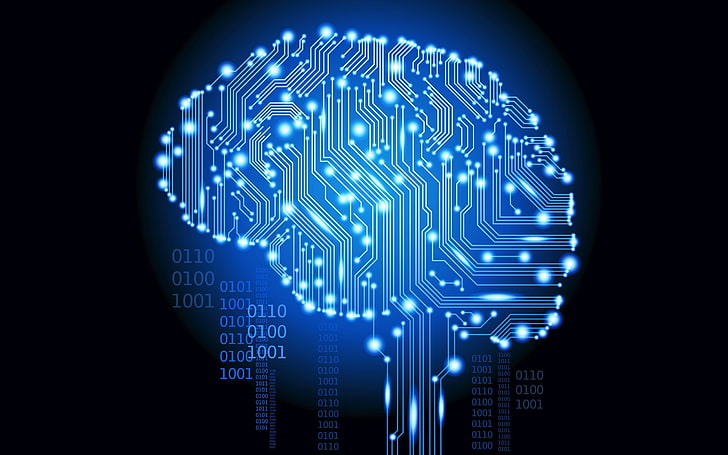
We’ve covered a lot of ground discussing how ChatGPT is changing education, but you might still have a few questions.
That’s why we’ve included this handy FAQ section! Here, we’ll address some of the most common questions people have about ChatGPT and its role in education.
From understanding its impact on education to exploring how it can be used in the classroom, we’ve got you covered.
So, let’s dive into these FAQs and clear up any lingering questions you might have!
Q: How does ChatGPT impact education?
A: ChatGPT impacts education in several ways.
It enhances personalized learning by adapting to individual learning styles, increases student engagement through interactive learning experiences, and promotes inclusivity by making learning more accessible.
It also assists in curriculum development by identifying gaps and suggesting improvements.
Q: How does ChatGPT improve the learning experience for students?
A: ChatGPT improves the learning experience by providing personalized and immediate feedback, helping students understand complex concepts better.
It also serves as a 24/7 learning companion, offering assistance whenever students need it.
Plus, its interactive nature makes learning more engaging and fun!
Q: How can we use ChatGPT for education?
A: ChatGPT can be used in various ways in education.
Teachers can use it to create assessments, provide instant feedback, and develop engaging lesson plans.
Students can use it for homework help, writing assistance, and to get instant answers to their questions.
It’s a versatile tool that can support both teaching and learning.
Q: What is the effect of ChatGPT?
A: The effect of ChatGPT extends beyond education.
It’s changing the way we interact with technology, making it more conversational and human-like.
In the context of education, it’s transforming teaching methods, enhancing student learning experiences, and making education more accessible and personalized.
Q: What does ChatGPT mean for the future of education?
A: ChatGPT signifies a future where education is more personalized, engaging, and accessible.
As it continues to evolve, we can expect it to play a central role in digital learning environments, shaping the way we teach and learn.
It’s a step towards a future where AI and education go hand in hand.
How Will ChatGPT Change Education? Conclusion
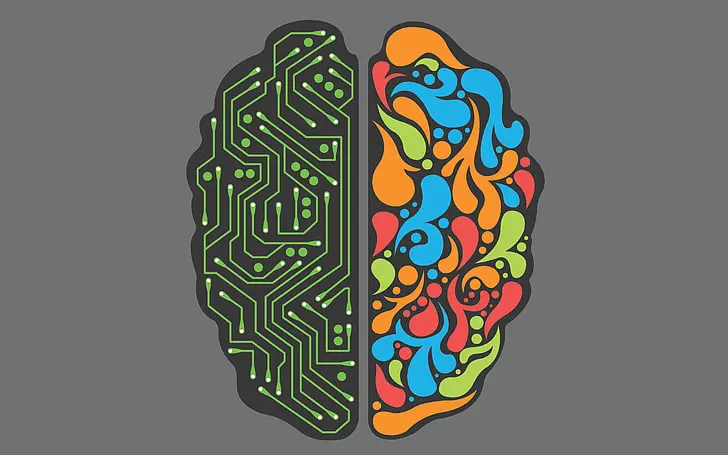
As we wrap up this deep dive into how ChatGPT is changing education, it’s time to reflect on what we’ve learned.
From understanding the impact of ChatGPT on education to exploring its benefits and challenges, we’ve journeyed through the transformative potential of this AI tool.
In this conclusion, we’ll recap the key points and share some final thoughts on the exciting future of education with ChatGPT.
So, let’s tie up all the loose ends and bring our exploration to a close!
Recap of Key Points
Let’s take a moment to revisit the key points we’ve covered.
We started with an overview of ChatGPT and the importance of AI in education.
We then delved into the impact of ChatGPT on education, discussing how it enhances personalized learning experiences, increases engagement, promotes accessibility and inclusivity, and assists in curriculum development.
We also explored the benefits of using ChatGPT in education, including time-saving for teachers, enhancing student understanding, encouraging critical thinking, and providing instant feedback.
However, we also acknowledged the challenges and risks, such as dependence on technology, data privacy concerns, and the potential for misinformation.
Through case studies, we saw ChatGPT in action in both higher education and K-12 settings.
Finally, we looked to the future, discussing potential developments and the role of ChatGPT in the future of education.
Final Thoughts
As we conclude, it’s clear that ChatGPT is more than just a tool; it’s a game-changer for education.
While it’s not without its challenges, the potential benefits are immense.
As educators, students, and lifelong learners, we’re standing at the precipice of a new era in education, one where AI and human ingenuity work hand in hand to create more personalized, engaging, and inclusive learning experiences.
It’s an exciting time, and we can’t wait to see where this journey takes us. Here’s to the future of education with ChatGPT!


